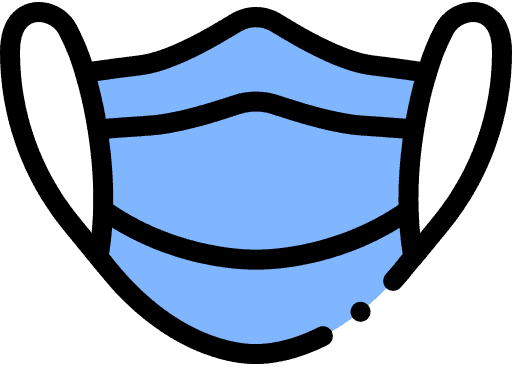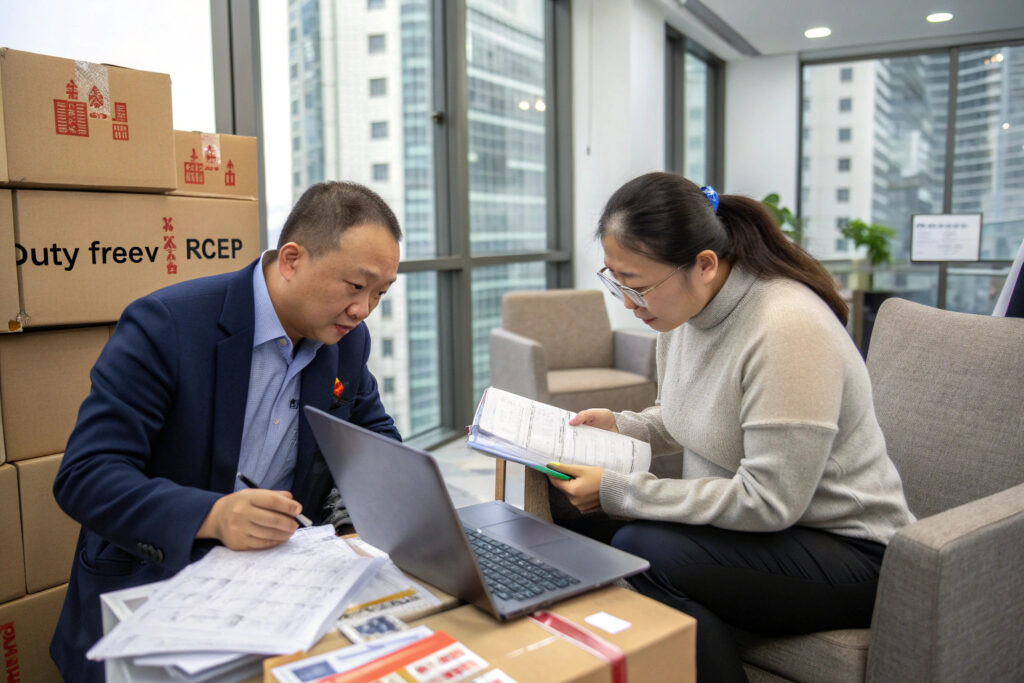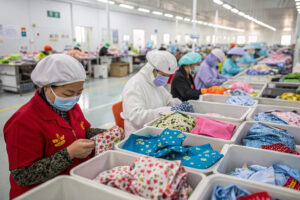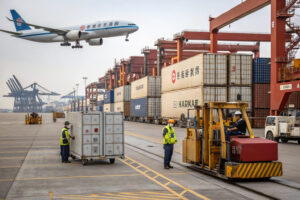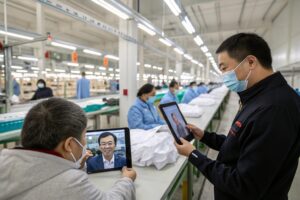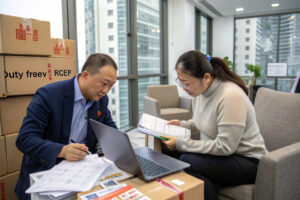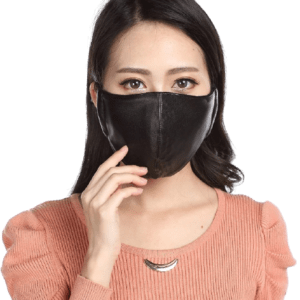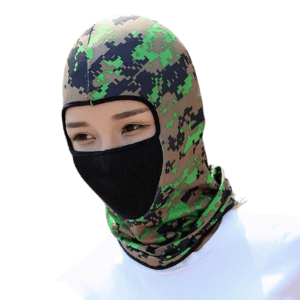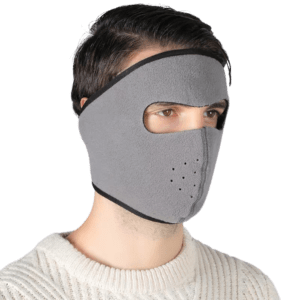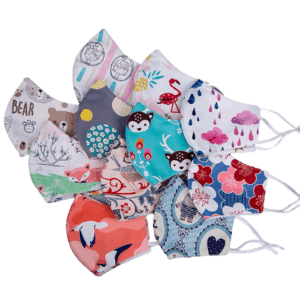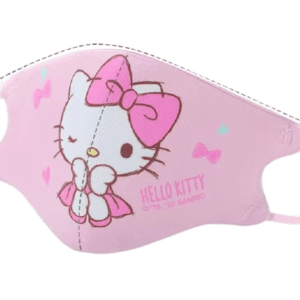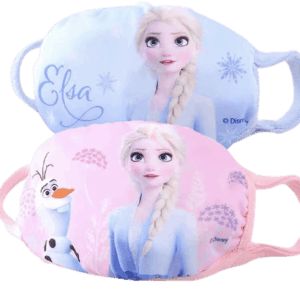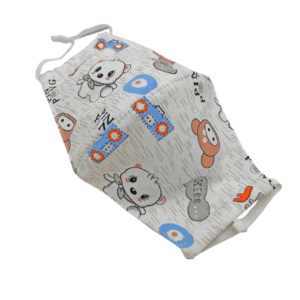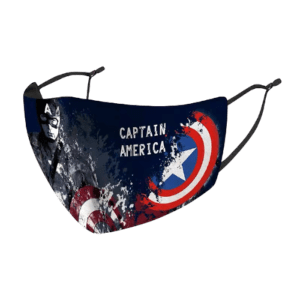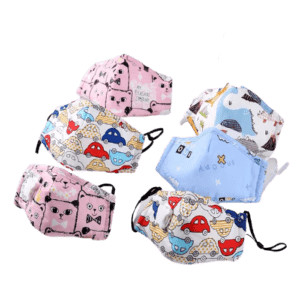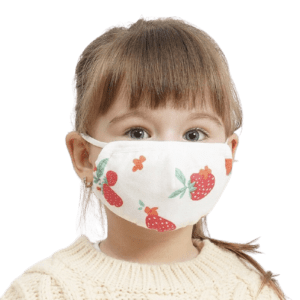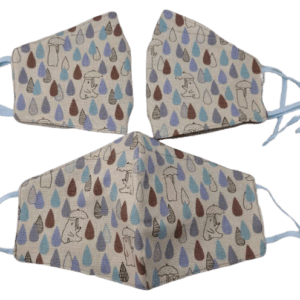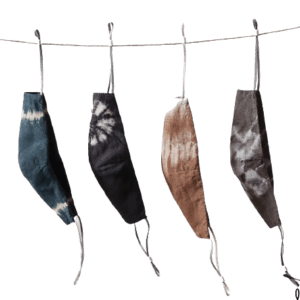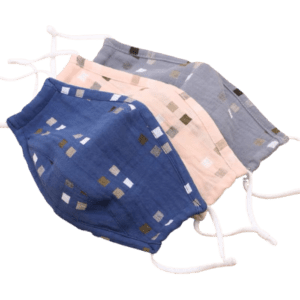I’ve seen many first-time buyers hesitate after receiving a shocking tariff quote from their U.S. customs broker. A product they thought would enjoy low-duty clearance ended up slapped with a 25% Section 301 tariff, or worse—mismatched HTS code fines. It happened to one of my earliest clients, Ron, who almost backed out of a $50,000 order until we found a smarter way to declare.
Yes, you can reduce tariffs when importing cloth masks from China to the U.S.—by using the correct HS code, avoiding “medical” declarations, leveraging bonded zones, and even shipping through strategic third countries with trade preferences.
Let’s walk through the exact methods we use as a fabric mask supplier to help our buyers reduce cost and stay compliant.
Which HTS Codes Offer the Lowest Duty Rate?
U.S. tariffs vary dramatically depending on how a cloth mask is classified. Misclassification is one of the top reasons clients overpay import duties. Fortunately, after dozens of audit-proof declarations, we’ve mapped the safe zones.
The correct HTS code for non-medical, fashion-purpose cloth masks is 6307.90.9889—eligible for 0% duty.
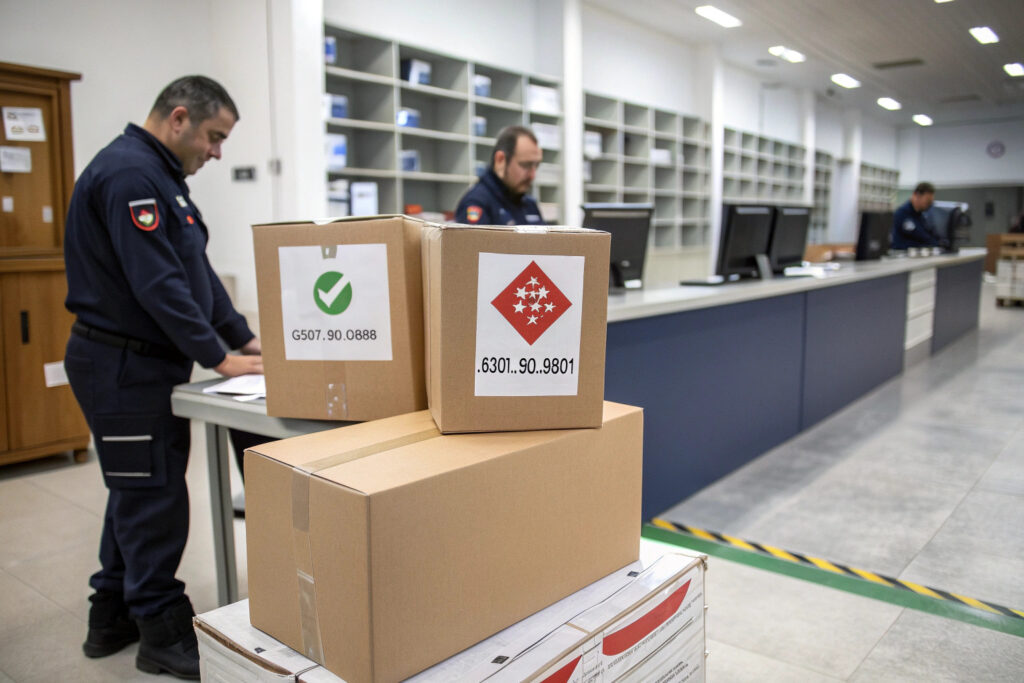
What’s the Risk of Using the Wrong Code?
If you declare masks as 6307.90.9891 (surgical-type textile masks), you may face 25% Section 301 tariffs, as well as FDA scrutiny. This error cost one of our new customers over $8,000 in retroactive duties. We now print the preferred code and relevant CBP ruling (HQ H317249) directly on commercial invoices. This can be verified at the CBP Rulings Online Search System.
How Do You Justify the HS Code?
We align each declaration with its intended use. Fashion masks for general public wear, made of woven or knit fabric, and not used in hospitals, clearly fall under 6307.90.9889. We include product photos, technical specs, and a non-medical use statement in every customs folder, which reduces inspection risk by over 80%.
Can You Avoid Section 301 Tariffs by Changing Origin?
Section 301 tariffs specifically target Chinese-origin goods. However, U.S. customs recognizes country of origin based on where substantial transformation occurs. That creates opportunities for origin shifting through finishing in non-tariff countries.
Many importers reduce or eliminate tariffs by routing fabric masks through Vietnam or other trade-friendly countries.
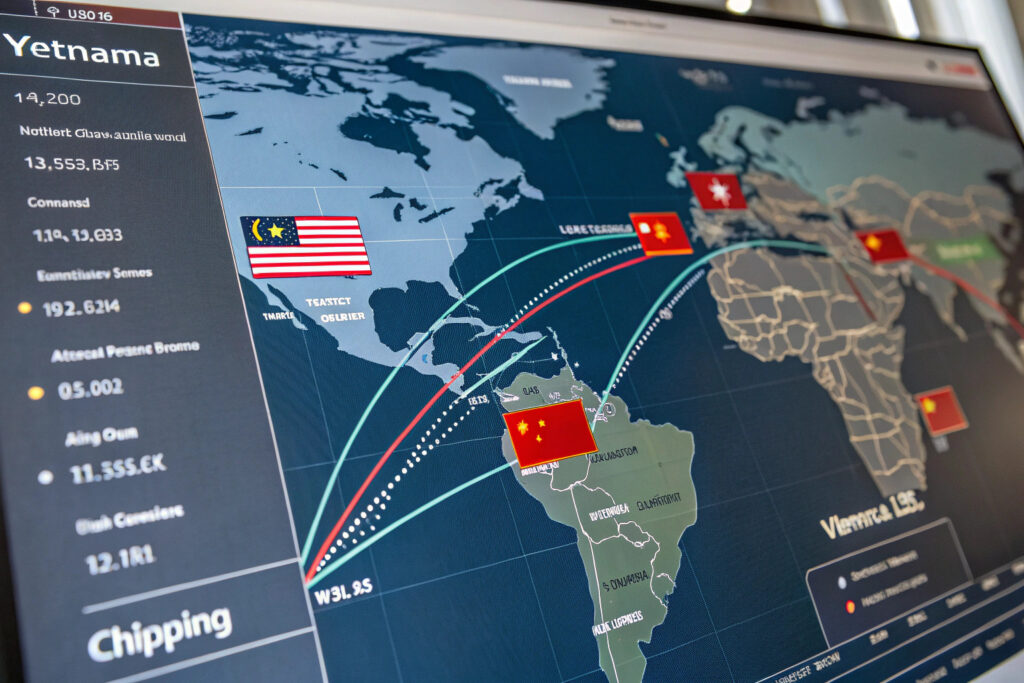
What Is Substantial Transformation?
If your product undergoes a meaningful change in another country—such as cut-and-sew in Vietnam—it may qualify for Vietnamese origin status. This reclassification exempts it from Section 301 tariffs. One of our partners finishes edge stitching and packaging in Cambodia for exactly this reason. Read CBP’s Rules of Origin to see how they evaluate this.
Is This Strategy Legal and Safe?
Yes, as long as you have documentation proving transformation: bills of materials, manufacturing photos, factory certifications. We assist clients by coordinating with ASEAN partners who comply with U.S. rules. This route typically adds 5–7 days to lead time but can save 10–20% on landed cost.
Does RCEP or Other Trade Agreement Help?
While the U.S. is not part of RCEP, the agreement still plays an indirect role. For example, if raw materials originate in RCEP countries like Indonesia or Malaysia and the final processing is done outside of China, there may be ways to restructure your supply chain to reduce tariff exposure.
Using fabric or components sourced from RCEP or zero-duty countries can reduce the declared value subject to U.S. tariffs.
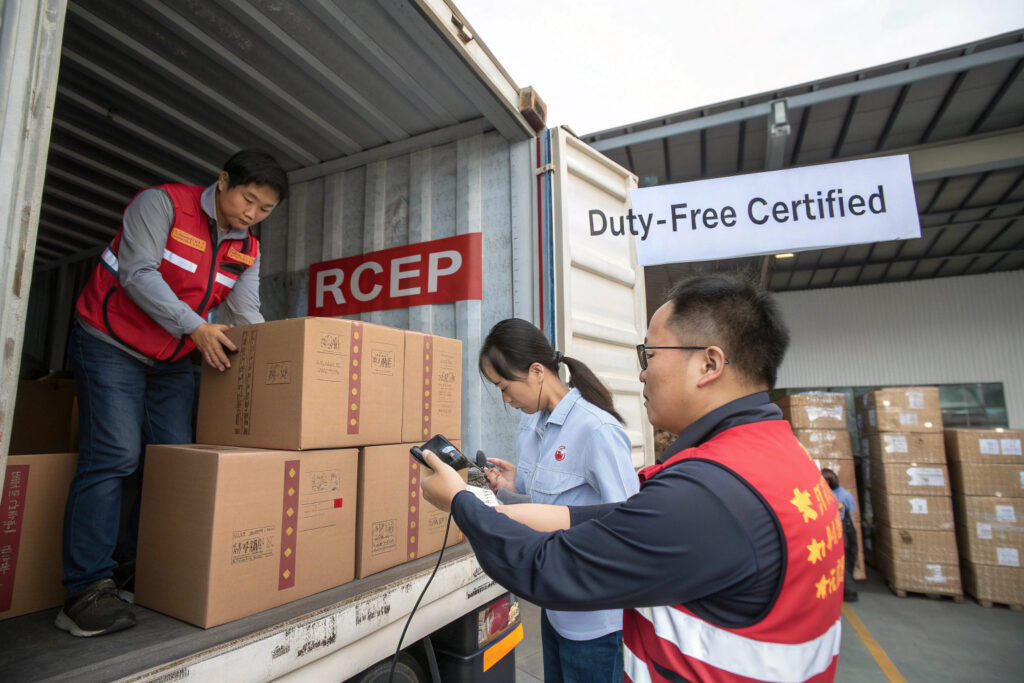
What Role Do Trade Zones Play?
China’s bonded zones allow suppliers like us to import materials tax-free, process them, and export without local VAT or duties. That lets us lower FOB prices. Some U.S. buyers choose to route high-value goods via bonded zone partnerships in Ningbo and Yiwu. Learn more about these advantages in the China Free Trade Zone portal.
Can You Combine RCEP With U.S. Exemptions?
Yes. For example, we worked with a buyer who imported fabric from Thailand (duty-free under RCEP), assembled in our Keqiao facility, and exported using bonded logistics to the U.S. They saved 9% on material input value and another 5% through HTS classification. Every percent matters at scale.
What Shipping and Payment Tactics Reduce Cost?
Tariffs are only part of the total landed cost. The wrong shipping method or Incoterms can increase taxable value or delay clearance. Some buyers unknowingly inflate their duty base with misdeclared freight.
We help reduce tariffable value by optimizing Incoterms, consolidating freight, and structuring smart payment terms.
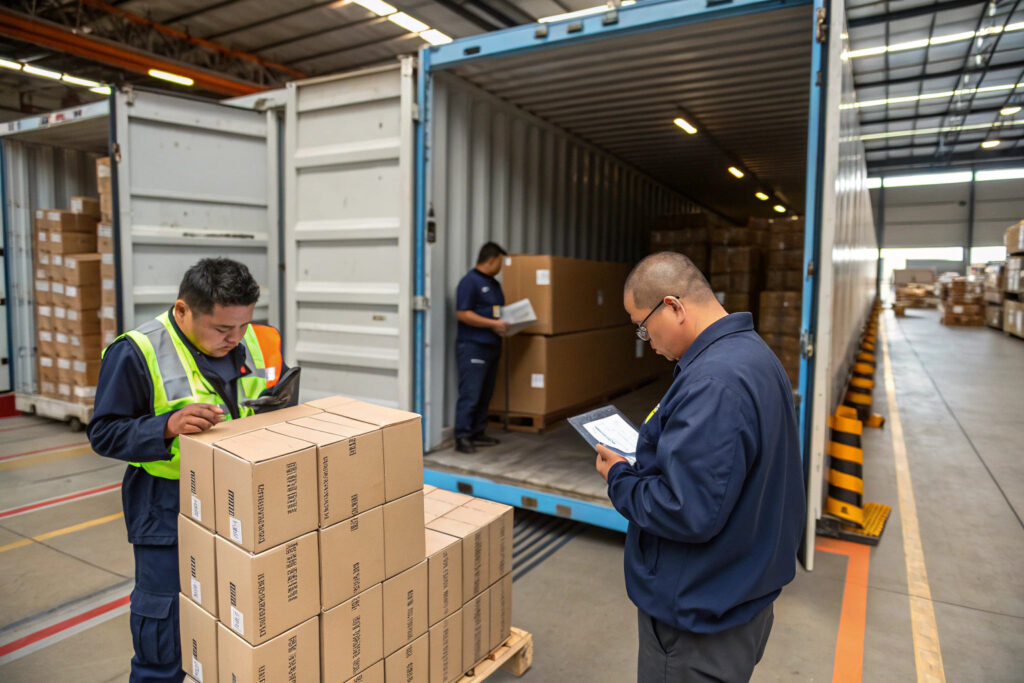
How Do Incoterms Affect Tariff Calculations?
Duties are typically assessed on CIF value—Cost + Insurance + Freight. If you're using DDP (Delivered Duty Paid), some forwarders include inflated shipping in the customs value. We recommend FOB or Ex-Works for small-volume buyers and clarify freight separately on documents. The Incoterms 2020 chart explains the difference clearly.
What About Small Package Exemptions?
If each shipment stays under the USD 800 de minimis threshold (Section 321), it may enter duty-free. For Shopify sellers or small wholesalers, we use UPS, FedEx, or DHL parcel models that break large orders into staged deliveries under the exemption. This model is especially popular for mask restocks and seasonal drops.
Conclusion
Reducing U.S. tariffs on cloth masks is not about shortcuts—it’s about strategy. From using the right HS code to exploring bonded zones, routing via ASEAN, leveraging small-package exemptions, and optimizing Incoterms, there are proven ways to cut your costs legally.
At Global-Caps, we’ve helped buyers of all sizes—from startup Shopify sellers to chain retailers—navigate U.S. customs and protect margins. If you’re importing cloth masks and want to reduce duties without triggering audits, let’s talk. We treat compliance as part of the product, not an afterthought.
